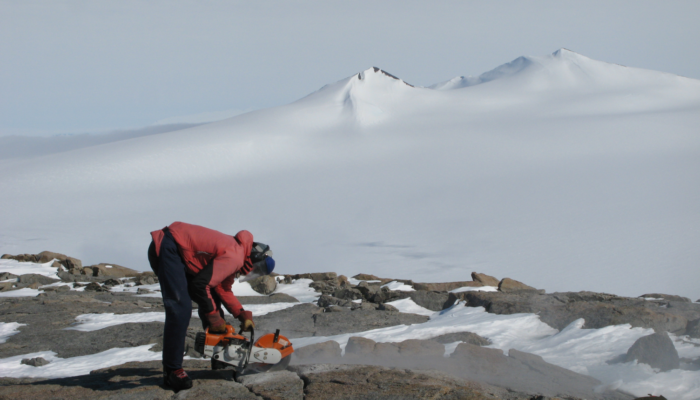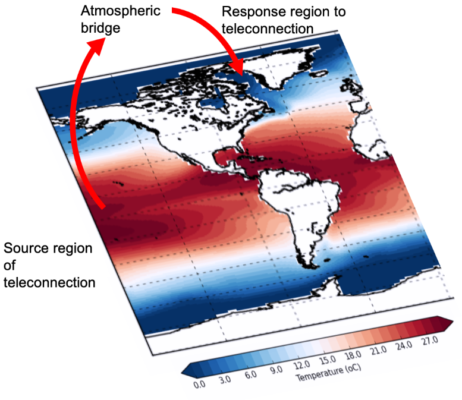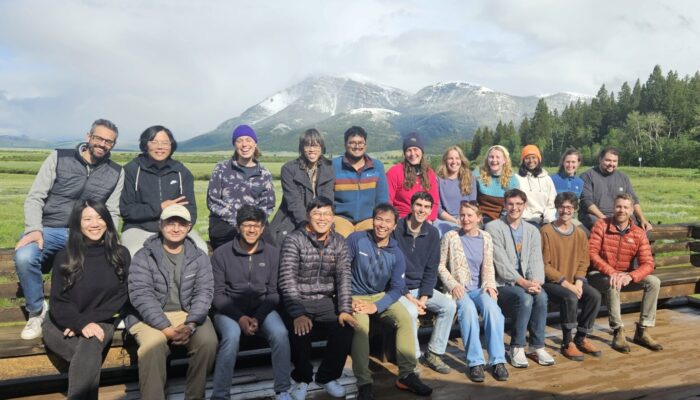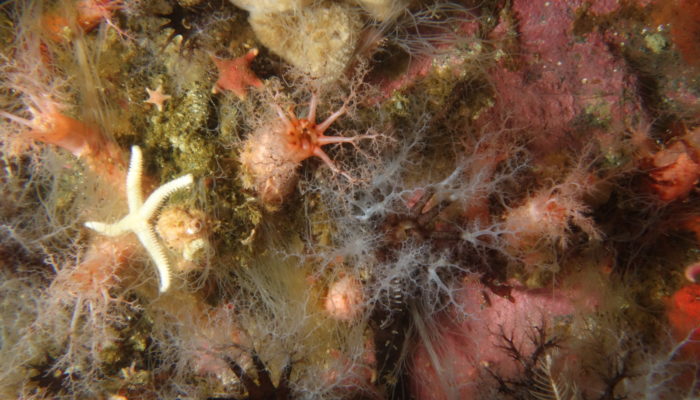An isolated, idyllic, and inspiring setting in the gorgeous Centennial Valley of Montana, where nothing pulls your attention from the task ahead, a motivated group of PhD students and postdocs in glaciology, and five energetic lecturers: the perfect combination for tackling the ambitious challenge of exploring the interface between glaciology and machine learning. Who wouldn’t learn well here, esp ...[Read More]
Climate Change & Cryosphere – Glacier retreat poses new challenges in the Central Andes
When you hear of Chilean glaciers, you probably think about the large glaciers of Patagonia. However, glaciers can be found further north in Chile as well (see this previous post). While the melting of the Patagonian glaciers mainly affects the global human population by contributing to sea level rise, the retreat of glaciers in central Chile affects the local human population directly in terms of ...[Read More]
Did you know… the Andes are so cryo-diverse?
Extending for almost 8,000 km along the west of South America, the Andes are the longest continental mountain range in the world. They portray an impressive richness and diversity of cryospheric features, including: the most substantial extension of tropical glaciers on Earth, one of the highest densities of rock glaciers, the largest glacierized area in the Southern Hemisphere outside Antarctica, ...[Read More]
Did you know… tropical cyclones cause large snowfall on Kilimanjaro’s glaciers?
Tropical cyclones are an important part of the weather in the southwest Indian Ocean each year, from November through April. These storms can cause massive destruction and loss of life when they make landfall, which happens most often on the islands of Mauritius and Madagascar and the coastal region of Mozambique. However, until recently, relatively little was known about their impacts on the high ...[Read More]
Radiocarbon rocks! – How rocks can tell us about the history of an ice sheet…

When most people hear the phrase “radiocarbon dating”, they think of measuring carbon to date organic material. But did you know that carbon is also produced within rocks, and that we can use it to learn about the past behaviour of a glacier? About 20,000 years ago it was colder and large parts of the continents were covered by ice. But what did Antarctica – the largest ice mass ...[Read More]
Boom and bust beneath the ice
Beneath the frozen surface of the Southern Ocean, live some of the most spectacular creatures on earth. These creatures are spectacular not only in appearance, but also in their ability to survive in such an extreme environment as Antarctica. Here, temperatures deviate only slightly from 0°C, and food is scarce during the winter months. How do these diverse creatures live in these conditions and w ...[Read More]
Climate Change & Cryosphere – The tropical fingerprint in Arctic climate

We know that climate change is being felt worldwide, but it is especially prominent in the Arctic, where temperatures are warming twice as fast as anywhere else on the planet. This especially sensitive environment, whose icy, snow-covered land and sea is so important in the global climate system, is really starting to feel the heat. But where is this heat coming from? In this blog post, we will ex ...[Read More]
Climate Change & Cryosphere – The fate of Georgian Glaciers
Display "The fate of Georgian Glaciers" from YouTube Click here to display content from YouTube. Learn more in YouTube’s privacy policy. Always display content from YouTube Open "The fate of Georgian Glaciers" directly Last week, we learned about the dramatic fate of the Hochjochferner, which has strongly retreated in the past years due to climate change. It represented just on ...[Read More]
Cryo Adventures – What’s currently going on in Antarctic science?

As Christmas gets closer, days are getting shorter in the northern hemisphere. A good excuse to get cosy inside on the sofa, drinking tea and eating Christmas biscuits. Meanwhile, a few thousand of scientists are heading “South”, to Antarctica, where the lengthening days provide the perfect conditions to conduct a whole variety of scientific field expeditions… Science in Antarctica Just last ...[Read More]
Did you know… about the fluctuating past of north-east Greenland?

Recent geological data shows that during a very cold phase of our Earth’s climate (between 40,000 and 26,000 years ago), there was a huge expansion of polar ice sheets, yet the north-eastern part of the Greenland ice sheet was less extensive than today. How could this have occurred? In this post we shed light on the potential causes of this ice sheet behaviour. What do we know about present- ...[Read More]



